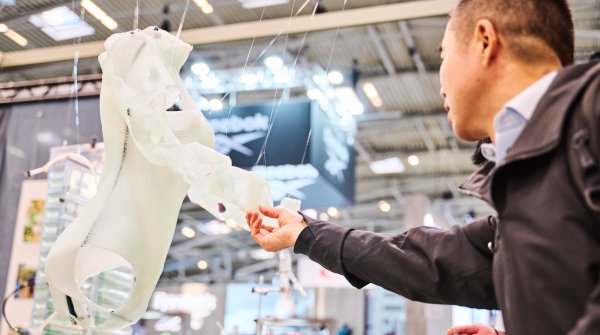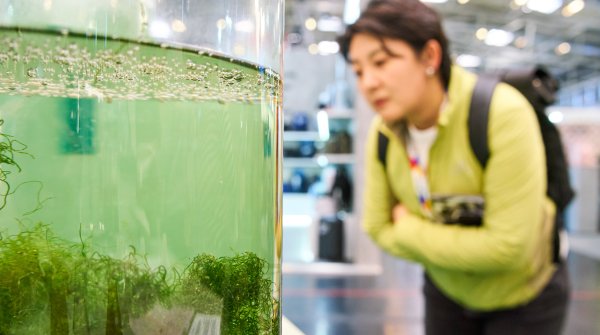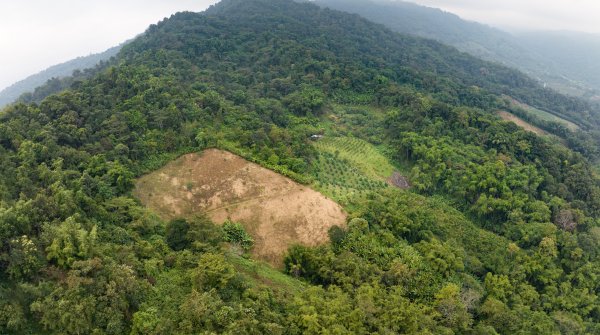- Hemp is booming all over the world
- Sustainable natural fiber for many purposes
- More and more countries are supporting cultivation
- Volkswagen goes for industrial hemp
- Sporting goods industry plays with material
- Patagonia experiments with useful plant
- Hemp as a biological composite material
- Holistic and sustainable production
- Athletes love oils and seeds
- Strong growth for the textile industry until 2030
- Superfiber: prospects for the sports industry
The miracle plant is booming - because hemp is extremely helpful in the fight against the climate crisis. It is not without reason that it is one of the oldest cultivated plants in the world, but was forgotten for many years due to the triumph of synthetic fibers. Now it is experiencing a revival. No wonder, because the superfiber is not only ideal for textiles, but also serves as a composite material, for example in skateboards or skis, and athletes swear by the healing powers of hemp. This refers to products made from industrial hemp (also known as industrial hemp in Germany), which have no intoxicating effect. The industrial hemp plant is a variety with a low THC content (0.2-0.3 percent), without intoxicating effects, and is used in the textile, automotive and construction industries, among others. Due to its higher CBD content, it is also used to make medicinal products. In contrast, there is the cannabis plant. It has a high THC content and an intoxicating effect - it is grown for medicinal or recreational purposes. The CBD content can also be higher, especially when cultivated for medicinal purposes.
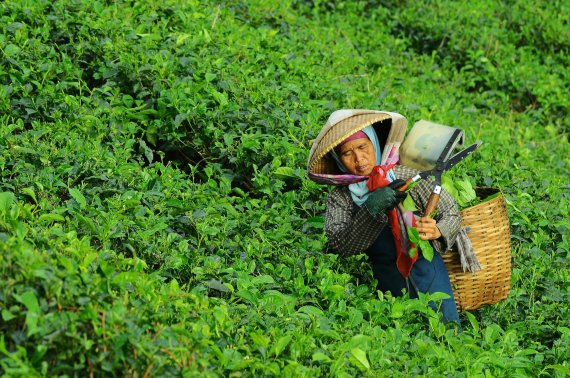
Hemp is a natural fiber that can be grown with minimal environmental impact compared to cotton. The plant requires little to no irrigation and uses less fertilizer than other crops. In addition, hemp improves the soil and does not require artificial fertilizers during its approximately four-month growth cycle. It supplies the topsoil with important nutrients, prevents erosion and helps to keep the air clean. In Austria, the ARGE ALP Alpenhanf 360° project has been implemented since 2021, which promotes innovations in the cultivation and use of hemp plants, their fibers and ingredients. With a focus on the entire life cycle of products, value chains are being redesigned in line with the circular economy in order to support sustainable growth in the Tyrol region.
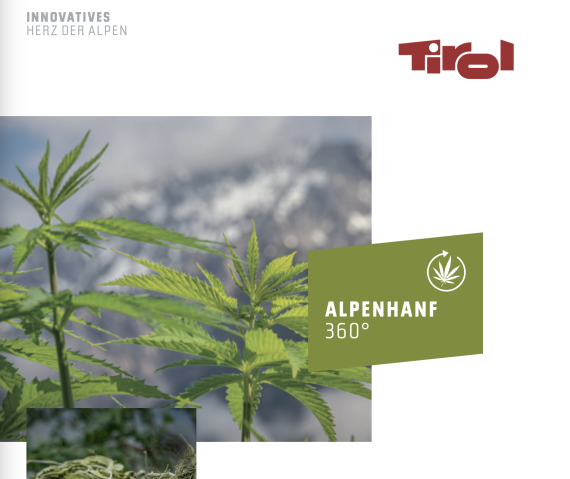
More and more governments around the world are recognizing the potential of industrial hemp and are relaxing the regulations for its cultivation. In Germany, the cultivation of industrial hemp has been legal since 1996, albeit with numerous restrictions. Recently, however, the Federal Cabinet passed a bill to liberalize industrial hemp in order to facilitate its cultivation and liberalize its use. The plan is to remove the so-called abuse clause and allow the indoor cultivation of industrial hemp.
The cultivation of industrial hemp is also permitted in many European countries as well as in the USA, Latin America, Asia and Africa, provided that the THC content is below 0.2 or 0.3 percent. In Russia and some Arab countries, however, cultivation is largely prohibited.
Major players are already keen on the miracle plant: In August 2024, Volkswagen announced its cooperation with the German start-up company Revoltech GmbH from Darmstadt. According to the company, the aim is to research and develop sustainable materials based on industrial hemp. These could be used as a sustainable surface material in Volkswagen models from 2028. The material, which is made from 100 percent bio-based hemp, uses residues from the regional hemp industry. It can be produced in existing industrial plants and then recycled or composted after use in the car. The material has been very well received in customer surveys.
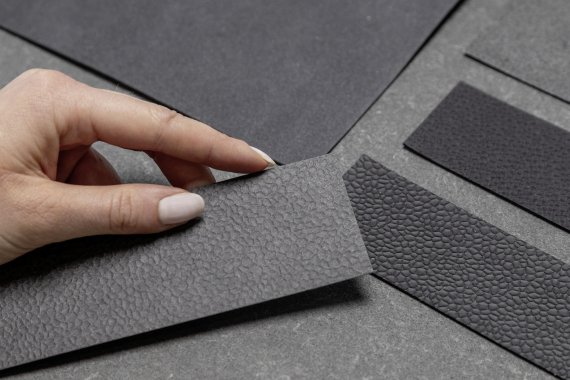
In our Material Lab, we showcase the latest and greatest bio-based materials, such as hemp, that are conquering the world of textiles. As also at Outdoor by ISPO 2024, where Revoltech's synthetic leather charmed the crowds with its excellent performance.
In 2023, hemp already convinced the market. Leki's Hemp One Vario trekking pole won the ISPO Award 2023.
What Volkswagen can do, sportswear manufacturers such as Salewa, Patagonia, Maloja, Under Armour, Adidas, Nike and Element can also do. Durable, tear-resistant and robust - these properties make the superfiber the perfect partner for outdoor and sportswear. It is also breathable and absorbs moisture. Its antibacterial properties inhibit bacteria and reduce odors - even during sweat-intensive sports. Similar to wool, hemp fibers can both cool and warm, making hemp clothing ideal for different climatic conditions.
Dieter Behrentin, management consultant for sustainability and the circular economy, explains: "Hemp clothing has been around for a while - from Levi's, for example. But until now, there was no comfort. Now the development has come so far that the T-shirts have a softness that was previously unknown. If you compare a hemp and a cotton shirt, you can hardly tell the difference today."
Maloja describes hemp as one of its favorite materials. However, before the company could produce clothing from the natural fiber, it first had to find a producer and processor. Because: "It's not that easy to get hold of the fabric," he says in a video. In 2019, Maloja launched its hemp collection with climbing pants, T-shirts, shirts, blouses and functional jackets.
The US sports company has been using hemp for over 20 years due to its total system approach. Patagonia is currently experimenting with the natural fiber and investigating the potential of hemp as a catch crop. Studies show that hemp can increase the yields of subsequent crops such as cereals, potatoes and corn. According to Patagonia, the woody fibers of hemp stalks - the material that is not used for textile production - offer numerous potential applications as environmentally friendly composite materials, such as for hemp blocks in construction or car bodies in vehicle construction.
The sporting goods manufacturer proudly explains: "We have succeeded in developing materials with unique performance by combining our hemp with organic cotton, recycled polyester and TENCEL™ Lyocell." For its workwear range, Patagonia has developed Iron Forge Hemp™ Canvas, a 437 g/m² canvas blend of 55 percent industrial hemp, 27 percent recycled polyester and 18 percent organic cotton, which is 25 percent more abrasion resistant than conventional cotton duck canvas and is also comfortable and breathable. At 325 g/m², the All Seasons Hemp Canvas is a lighter version for workwear in warmer weather conditions.
"A good example of a model in which we integrate hemp material is our Hampi Rock Pants - climbing pants that are designed to be particularly robust, breathable and comfortable," explains Patagonia. "In the Hampi Rock Pants, we use lightweight, durable material made from organic hemp, recycled polyester and elastane. The hemp fiber is particularly impressive due to its high resilience and its ability to absorb moisture and have a cooling effect on warm days."
Consultant Behrentin also sees opportunities in snowboard production: "Hemp can be used well as a biological composite material. Carbon is often used, but in my opinion, hemp could become a real alternative to carbon. It is lighter, more stable and much cheaper, as hemp is a rapidly renewable raw material that can be grown up to three times a year."
Indian scientists recently confirmed the excellent properties of hemp as a composite material in a study. They examined the strength and durability of hemp fiber-reinforced composites made from the moringa plant and bioresin (a plastic developed on the basis of renewable raw materials) for skateboards. They found that the mechanical and physical properties are promising.
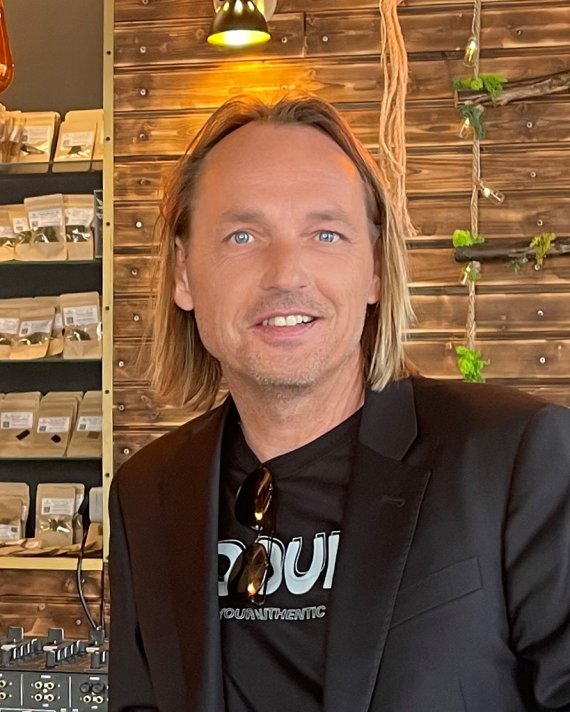
Patagonia is working with innovative partners in hemp processing on a whole systems approach to ensure that all hemp processing has an even lower impact on the environment in the future. "Our goal is to use environmentally friendly methods such as roasting (also known as retting), debarking and degumming to separate the hemp fibers from the woody core and remove the sticky woody substances and pectins."
According to the sporting goods manufacturer, it also cooperates with companies that convert plant "waste" into environmentally friendly composite materials. These are used as building materials or processed into other products - "as very good alternatives to plastics and glass fibers".
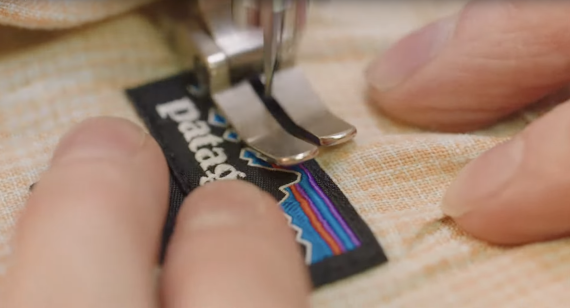
Whether protein powder, seeds or oil: industrial hemp supports muscle regeneration, provides additional nutrients and enriches the diet with essential fatty acids. Its anti-inflammatory properties are now well researched. As industrial hemp is only allowed to have a THC content of 0.2 to 0.3 percent in most countries, natural hemp products are harmless.
However, CBD products containing cannabidiol, which is also found in the hemp plant, can be problematic for high-performance athletes. This active ingredient is known for its relaxing and anti-inflammatory effects. However, CBD products can contain traces of THC - even if they are sold as THC-free. The World Anti-Doping Agency (WADA) has set the limit value in urine at 150 nanograms per milliliter - anything above this is classified as doping. Athletes should therefore make sure that the CBD products they use are tested for THC and come from trustworthy manufacturers.
Megan Rapinoe is arguably one of the best-known athletes to passionately advocate the use of CBD for sports recovery. Back in 2021, the soccer player wrote in an Instagram post: "As a longtime advocate of using CBD for better recovery and a superfan of Mendi and my twin sister Rachael, I'm thrilled to be working with them to reshape the face of cannabis in sports and promote athlete health. The small, daily gains I get from using Mendi's natural cannabis products to balance my mood, relieve pain and promote better sleep add up to much bigger gains over time."
NFL player Jakob Johnson also reveals in a podcast that he loves CBD creams, as does Rob Gronkowski, who says he owes his return to the NFL to taking CBD, as it has helped him with his chronic pain.
In a study for the European Industrial Hemp Association (EIHA), authors Francesco Mirizzi and Catherine Wilson forecast strong growth in the hemp-based textile industry. The reason for this is the clear and growing interest of consumers in natural, sustainable fibers and products in the coming years. In addition, new European research projects are working on the development of hemp lyocell, an environmentally friendly, soft fabric.
The market research and consulting company Data Bridge Market Research has also analyzed that the market for hemp clothing is expected to reach 81 million US dollars by 2030, which corresponds to annual growth of 32.5 percent.
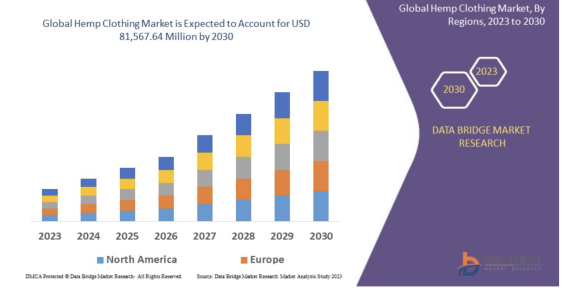
The many positive and sustainable properties of industrial hemp offer enormous potential for the sports industry. It would be expedient to become more involved in joint projects at country level. So far, however, the increasing demand has not led to a significant increase in production. In addition, there is a widespread lack of production facilities for hemp and organic hemp as well as worldwide certification. There are only a few companies that can process hemp fibers - investments from the sports industry could significantly boost development here. Participation in the development of sustainable and fair hemp production and processing would be an important step. According to Behrentin, Under Armour has already invested six million US dollars in Australia to establish an infrastructure for hemp production.
In Europe, there are hardly any production facilities due to bans, and the supply chains have to be completely rebuilt. Behrentin explains: "We still lack the infrastructure in Europe. We outsourced the know-how to Asia in the 1960s. With the 'Green Deal', the European Union has now focused on sustainability and the bioeconomy, and companies are rediscovering hemp and want to bring it back. Hemp is versatile and extremely sustainable, as it reduces CO₂ emissions. However, this only applies if it does not have to travel long distances, for example from Asia." Entering the market as a textile manufacturer is just as challenging as entering the actual production of hemp. "It's a very complex matter."
Another problem is that the natural fiber is a product that requires explanation, admits Behrentin. He generally recommends a well-connected consultant who is familiar with hemp and its marketing and can help the respective company to determine the potential in its own portfolio. Nevertheless, the expert emphasizes: "Even though there are still two major challenges - the complexity of the topic and the development of the infrastructure - many small but very quick steps are currently being taken, which are supported by numerous funding programs."
- ISPO awards
- Mountain sports
- Bike
- Design
- Retail
- Fitness
- Health
- ISPO Job Market
- ISPO Munich
- ISPO Shanghai
- Running
- Brands
- Sustainability
- Olympia
- OutDoor
- Promotion
- Sports Business
- ISPO Textrends
- Triathlon
- Water sports
- Winter sports
- eSports
- SportsTech
- OutDoor by ISPO
- Heroes
- Transformation
- Sport Fashion
- Urban Culture
- Challenges of a CEO
- Trade fairs
- Sports
- Find the Balance
- Product reviews
- Newsletter Exclusive Area
- Magazine




